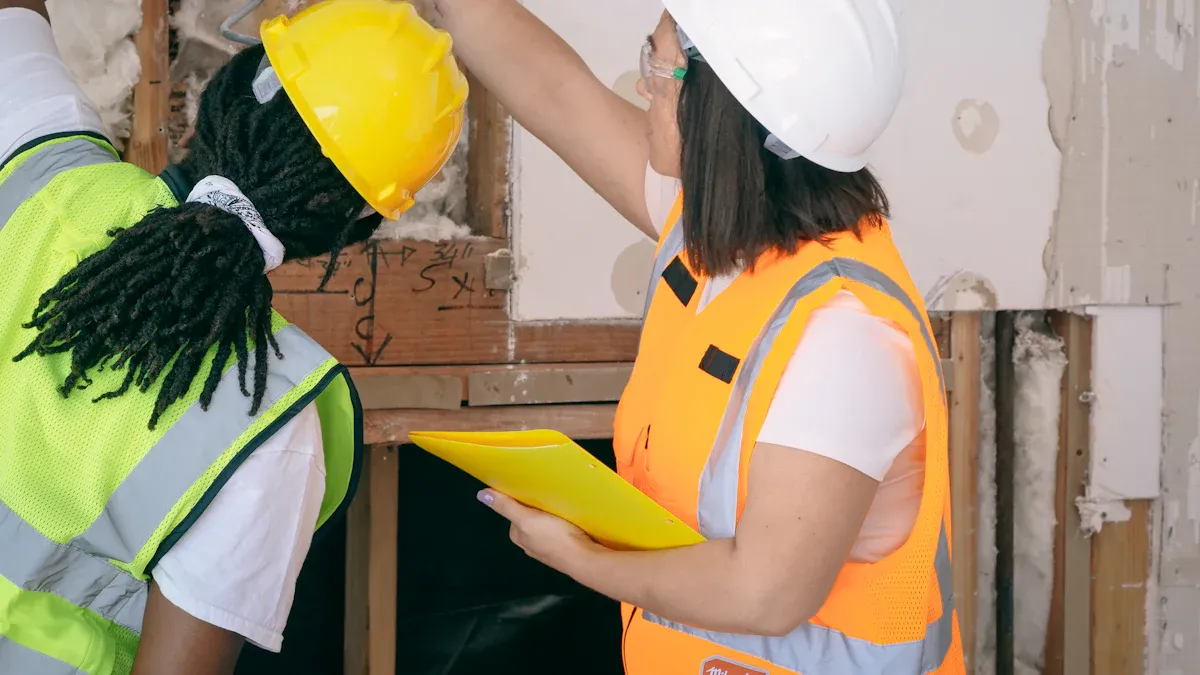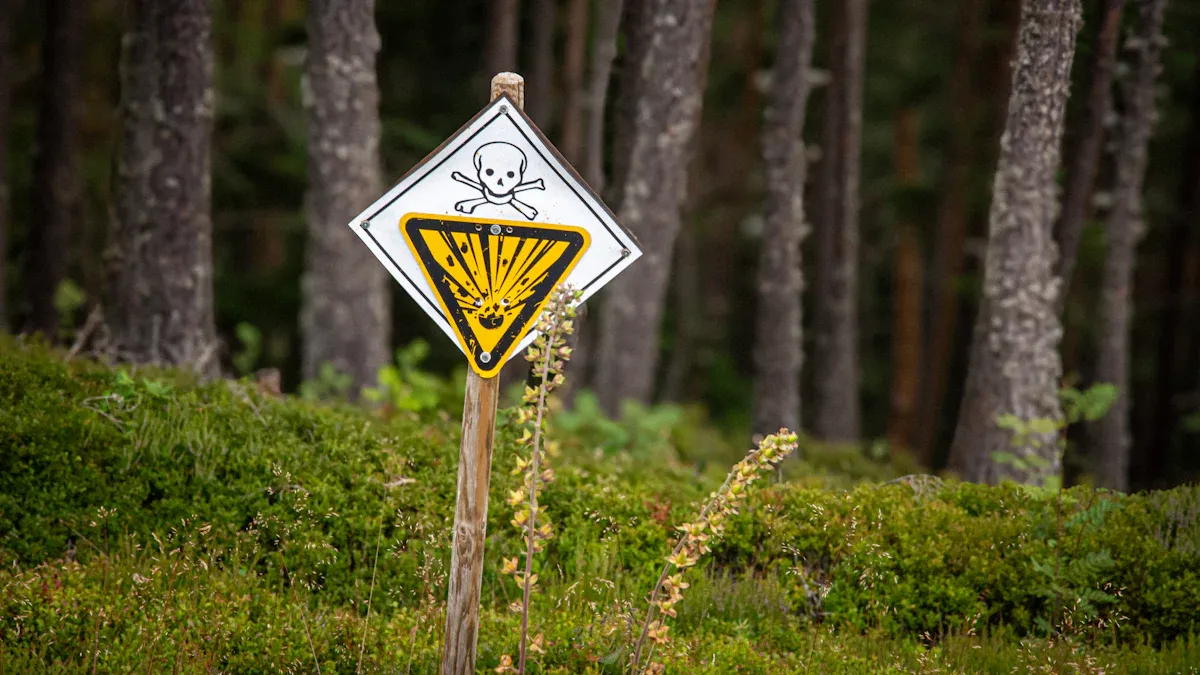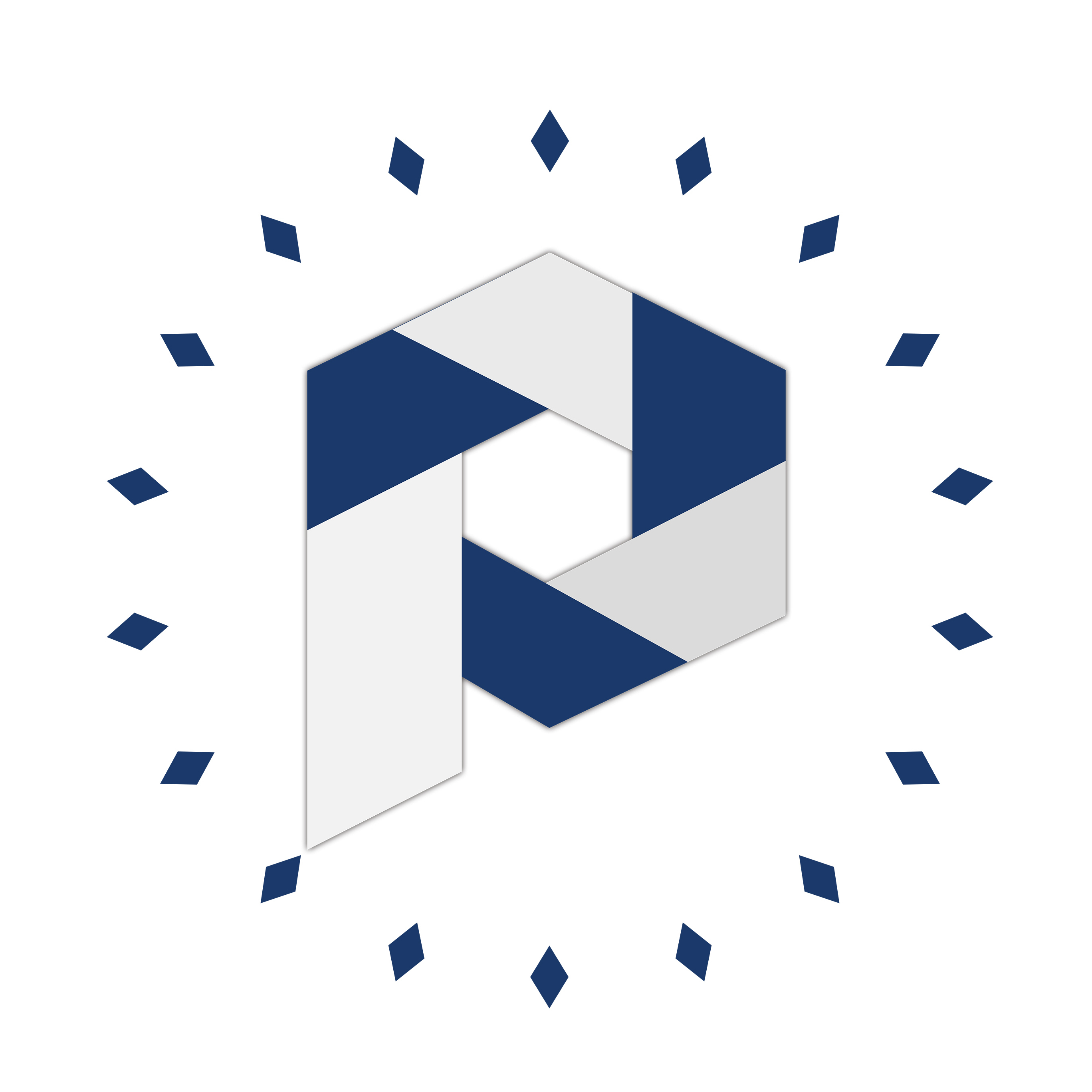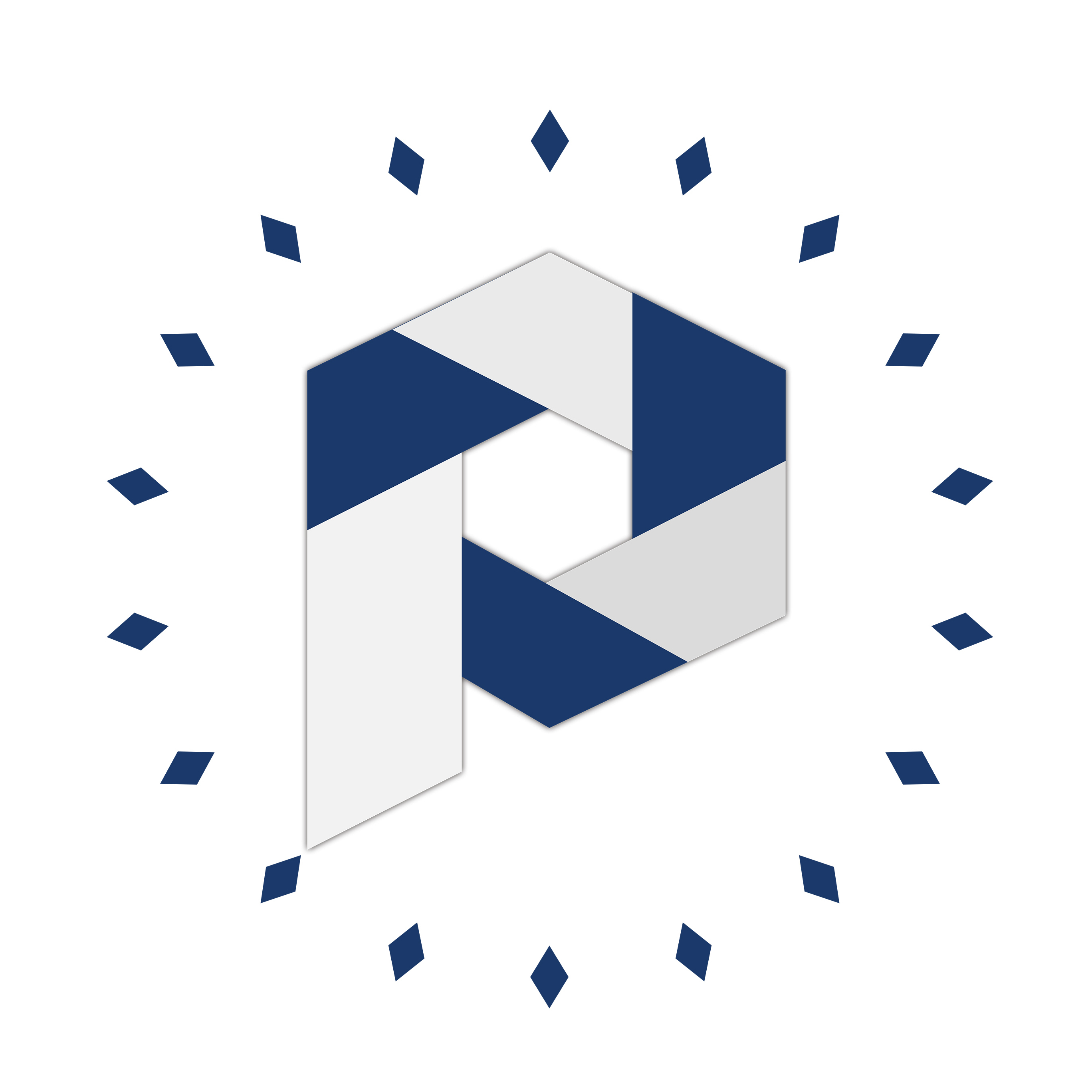Understanding Kiken Yochi Training and Its Purpose

Kiken Yochi Training (KYT) is a safety program. It helps you spot and stop dangers at work early. This training teaches you to see risks before they grow. It makes the workplace safer for everyone. KYT focuses on predicting hazards and builds responsibility. Studies show it works well. Fall risk prediction improved from 6.3% to 93.8% in five months. After training, people notice more risks around them. This shows KYT increases awareness. In many jobs, KYT helps make workplaces safer and lowers accidents.
What Is Kiken Yochi Training?

Definition and Purpose of KYT
Kiken Yochi Training, or KYT, is a Japanese safety method. It helps workers find and fix risks before they become bigger problems. The name "Kiken Yochi" means "predicting hazards," showing its focus on preventing accidents early. This training improves how well you notice dangers, boosts focus, and builds teamwork by talking about risks together.
The process is organized and helps you spot hidden dangers. It teaches you to find key risk areas and plan ways to prevent accidents. Techniques like "pointing and calling" improve focus and help you see risks better. The main goal is to make workplaces safer by helping workers take charge of spotting and stopping hazards.
Aspect | Details |
|---|---|
Definition | KYT means Kiken Yochi Training, a Japanese way to find risks. |
Developed by | Made by Sumitomo Metal Industries Co., LTD in 1974. |
Key Benefits | - Helps workers see dangers better. |
Procedure | - Small groups talk about hidden risks. |
4-Round Method Steps | 1. Find hidden dangers. |
2. Spot key danger points. | |
3. Plan ways to stop risks. | |
4. Set goals for action. |
Historical Context of KYT
KYT started in Japan in 1974, made by Sumitomo Metal Industries Co., LTD. It was created because workplaces needed better safety training. Back then, accidents were common, and old safety methods didn’t work well. KYT brought a new idea by focusing on predicting risks instead of reacting after accidents happened.
This method became popular quickly because it worked well. Over time, KYT spread to other countries and industries. It’s now used worldwide in places like factories and hospitals. Its focus on stopping risks early makes it a useful tool for keeping workers safe.
Core Principles of KYT
KYT is based on finding risks, working as a team, and acting early. First, you look for hidden dangers in your workplace. This step takes careful watching and thinking to find risks that aren’t obvious.
Next, you talk with your team about these dangers and decide how to handle them. Sharing ideas is important because everyone can add helpful thoughts. After that, you take action to fix the risks and check if your plans work.
KYT uses the "4-Round Method" to guide you step by step:
Find hidden dangers.
Spot key danger points.
Plan ways to stop risks.
Set goals for action.
By following these steps, KYT helps you think ahead about safety. It teaches you to take charge of stopping risks and builds a workplace culture of care and responsibility.
Why Is Kiken Yochi Training Important?
Making Workplaces Safer
Kiken Yochi Training helps workplaces become safer for everyone. It teaches you and your team to find dangers early. By talking about hidden risks, you create a safety-first mindset. Everyone works together to keep the workplace safe. This teamwork helps solve problems and stop accidents before they happen.
KYT’s step-by-step process also improves how well you notice risks. For example, the "4-Round Method" shows you how to focus on dangers and act quickly. Studies prove this method makes people better at spotting and fixing risks. This keeps everyone safer at work.
Tip: Practice KYT often to stay alert and ready to prevent risks.
Why Predicting Hazards Matters
A big benefit of KYT is learning to predict dangers. It trains you to see risks early so you can act fast. Research shows how helpful this is. For example, after five months of KYT, people improved at spotting fall risks from 6.3% to 93.8%. Even a year later, they kept noticing more risks than before.
This skill lowers accidents and boosts your confidence in handling safety issues. By predicting hazards, you help make the workplace safer for yourself and others.
Where KYT Is Used
Many workplaces use KYT to stay safe. Factories use it to avoid machine accidents. Hospitals rely on it to stop patient falls or equipment problems. Construction sites use KYT to handle risks like falling objects or weak structures.
No matter the job, KYT helps teams focus on safety. Its goal of stopping risks and working together makes it useful for any workplace wanting fewer accidents and better safety.
How Does Kiken Yochi Training Work?
Overview of the KYT Process
Kiken Yochi Training (KYT) is a step-by-step safety method. It helps you find and fix risks before accidents happen. This training focuses on teamwork and talking about safety together. Everyone works to make the workplace safer for all.
KYT uses pictures, group talks, and simple steps to teach safety. You and your team look for dangers, talk about them, and plan solutions. This way, everyone learns to share responsibility for safety. It also builds a habit of working together to prevent problems.
Note: Practice KYT often to stay sharp and spot risks early.
Key Steps in KYT
KYT has four main steps to help you handle risks:
Identify Hidden Dangers
Look around carefully to find risks that are not obvious. For example, in a factory, you might see loose wires or wet floors.Pinpoint Key Danger Points
After finding risks, focus on the most serious ones. These could be things like slippery floors or broken machines. Fixing big risks first keeps everyone safer.Develop Preventive Measures
Work with your team to think of ways to stop risks. For example, you could put up warning signs or fix loose wires to avoid accidents.Set Action Goals
Make clear plans to fix the problems. Assign tasks to team members and set deadlines. Check often to see if your safety plans are working.
These steps help you stay ahead of risks and keep your workplace safe.
Examples of KYT in Practice
KYT works in many jobs to stop accidents. Here are some examples:
Factories: In factories, KYT helps you find machine problems. For example, you might see a loose conveyor belt and fix it to avoid injuries.
Hospitals: In hospitals, KYT helps stop patient falls. You might clean a wet floor in a room to keep patients safe.
Construction Sites: On construction sites, KYT helps with risks like falling objects. You might notice weak scaffolding and fix it to protect workers.
Offices: Even in offices, KYT helps. You might see messy walkways and clean them to stop trips and falls.
These examples show how KYT can work anywhere to make jobs safer and reduce risks.
Benefits of Kiken Yochi Training
Reducing Workplace Accidents
Kiken Yochi Training (KYT) helps lower workplace accidents. It teaches you to spot risks early and fix them fast. For example, you might see a wet floor and clean it to stop falls. Acting quickly keeps everyone safe.
Studies prove that KYT reduces accidents. Workplaces using KYT have fewer injuries. Research shows it works well to prevent problems. This makes KYT a great way to create safer workplaces.
Tip: Practice KYT often to stay good at spotting risks.
Improving Employee Awareness
KYT helps you notice hidden dangers at work. It trains you to see risks like loose wires or uneven floors. With practice, spotting risks becomes easier.
Talking with your team during KYT sessions improves safety skills. Sharing ideas helps everyone learn more about risks. Working together builds a safety-first mindset.
For example, in hospitals, KYT helps staff find risks like wet floors. This teamwork stops accidents and keeps patients safe.
Long-term Organizational Benefits
KYT helps workplaces in the long run. Fewer accidents mean lower costs for injuries and delays. A safe workplace makes employees happier and more productive.
Companies that use KYT gain trust from workers and clients. People respect businesses that care about safety. This trust leads to better success over time.
In hospitals, KYT prevents falls and keeps patients safe. Fixing risks early shows the company cares about safety. Over time, this builds a strong safety culture.
Kiken Yochi Training in Global Safety Training
Adoption Beyond Japan
Kiken Yochi Training (KYT) started in Japan but is now global. Many countries use it to make workplaces safer. Different industries use KYT to stop accidents and improve safety. For example, factories in Europe use KYT to avoid machine injuries. In the U.S., hospitals use it to prevent patient falls.
In Asia, construction workers use KYT to find weak spots. They also use it to stop falling hazards. KYT works because it helps predict risks early. Its simple steps make it easy to use anywhere. By using KYT, workplaces can lower accidents and stay safer.
Integration with Other Safety Training Methods
KYT fits well with other safety programs. Mixing KYT with drills makes safety training stronger. Drills teach you how to act during emergencies. KYT helps you see risks before they happen.
In hospitals, KYT works with safety rules for patients. It helps staff find dangers like wet floors or misplaced tools. Adding KYT to training makes safety plans better. This teamwork helps everyone stop accidents and keep people safe.
Future Trends in KYT
KYT has a bright future. Technology will help it grow. Virtual reality (VR) could make KYT training more fun. You could use VR to practice spotting dangers in real-life scenes. This would help you get better at stopping accidents.
Another trend is focusing on mental health in safety. KYT might include risks like stress or being too tired. As jobs change, KYT will change too. Its focus on stopping risks early will keep it useful everywhere.
Kiken Yochi Training (KYT) helps make workplaces much safer. It teaches you to spot and stop dangers early. This method works well to reduce accidents in many jobs. For instance, a study showed KYT lowers workplace accident rates a lot. In 1994, tests by the Railway Technical Research Institute found that "pointing and calling" cut work mistakes by over 80%.
KYT is useful in many areas, like hospitals. It helps stop patient falls and fixes equipment problems. By working together, teams share the job of staying safe. This teamwork not only keeps workers safe but also builds trust at work.
Tip: Use KYT often to build a safety-first workplace for all.
FAQ
1. What does "Kiken Yochi" mean?
"Kiken Yochi" means "hazard prediction" in Japanese. It helps you find risks early and stop accidents. This method makes workplaces safer by acting before problems happen.
2. Who can benefit from KYT?
Anyone working in risky places can use KYT. This includes factory workers, nurses, builders, and office staff. KYT helps you stay aware and avoid dangers.
3. How often should you practice KYT?
You should do KYT often, like before work starts. Regular practice helps you notice risks faster and stay safe.
Tip: Practice KYT daily to build a safety-first habit.
4. Is KYT only for physical hazards?
No, KYT also looks at risks like stress or being tired. It helps you think about all safety issues and fix them early.
5. Can KYT be used with other safety methods?
Yes, KYT works well with other safety plans like drills. Mixing methods makes your safety system stronger and better at stopping risks.
Note: Using KYT with other tools improves workplace safety a lot.
See Also
Exploring Various Categories of CNC Cutting Instruments
Defining Functional Testing in CNC and Die Casting Methods
Exploring Advantages of CAE Analysis for Die Casting Design
How Cutting Die Blanking Enhances Manufacturing Productivity
Seven Essential Steps to Collaborate with Global Diecast Manufacturers
About Hunan Puka
Established in 2016 and based in Hunan, China, with a liaison point in Berlin, we are a Tier 2 supplier for the automobile industry. We specialize in the production of customized aluminum die-casting parts designed for machines with a closing force ranging from 280 to 1250 tons, with subsequent manufacturing process CNC machining and surface treatment. Our commitment to quality is reflected in our accredited quality management system, certified by ISO9001:2015 and IATF16949:2016 standards.


